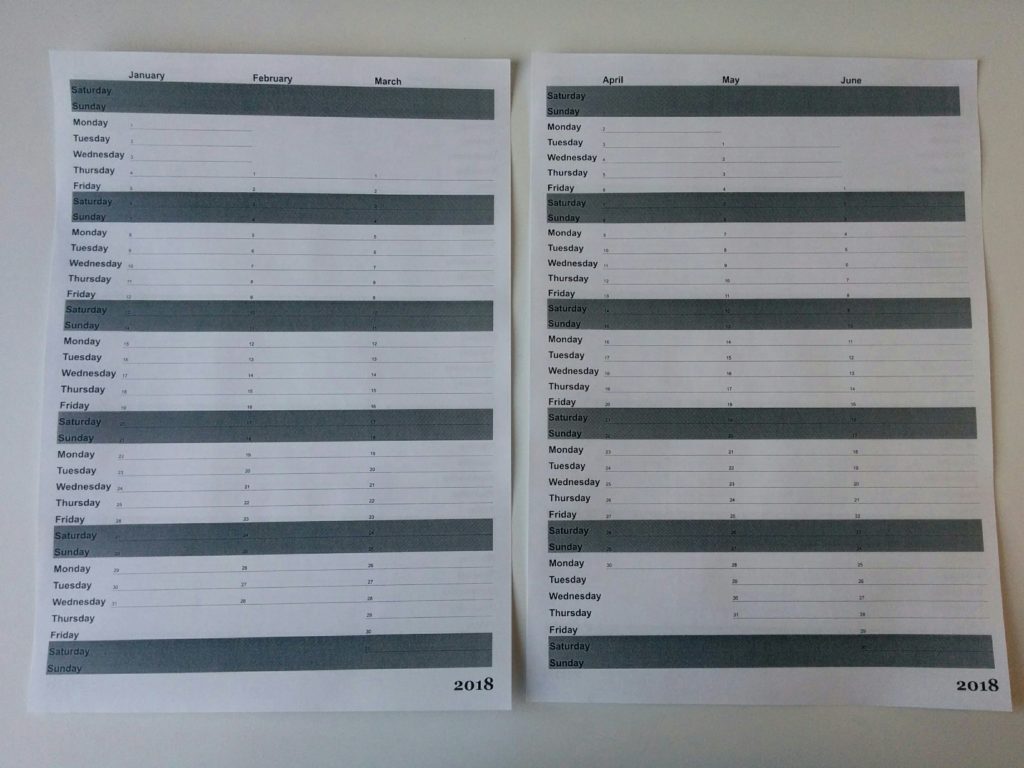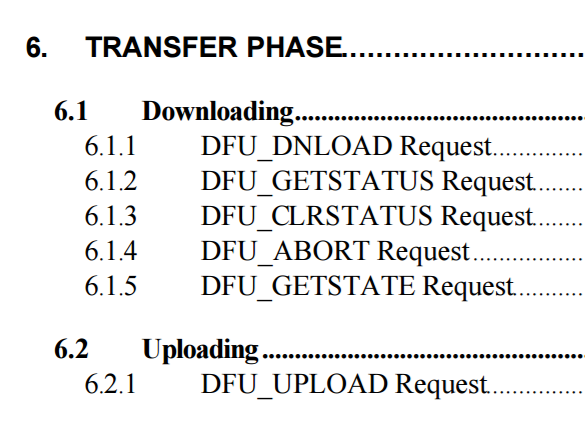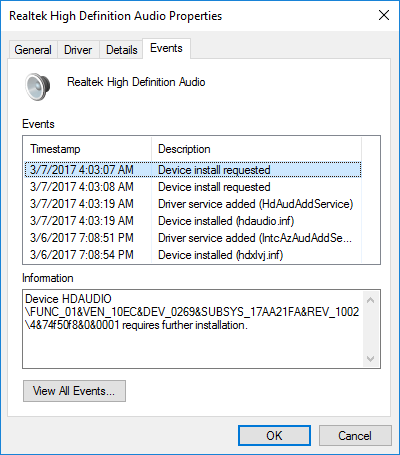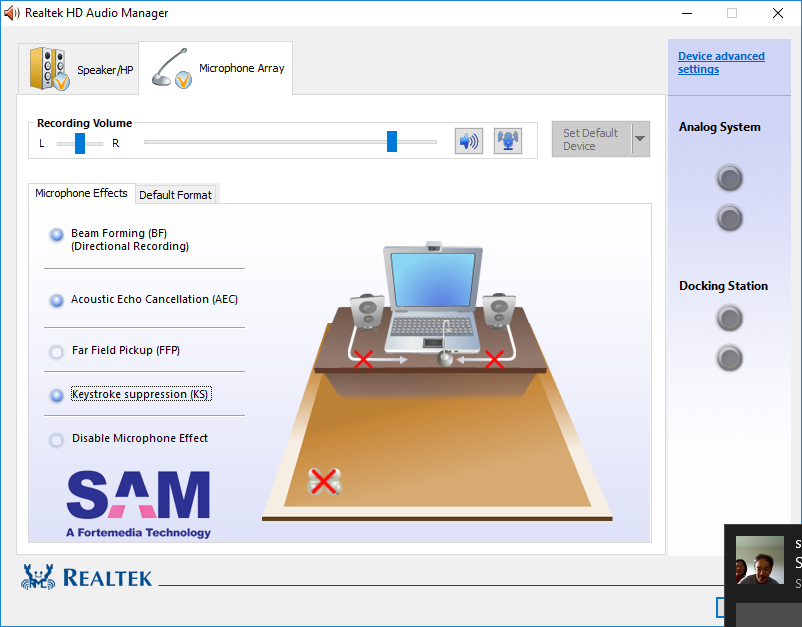It’s that time of year again where I start planning things for 2018.
Every year, I hack together a simple Year-at-a-Glance calendar, in the German style (but without Kalenderwochen).
— It fits on two double-sided A4 or letter-sized sheets of paper.
— It doesn’t have any stupid inspirational quotes.
— It doesn’t violate any of Edward Tufte’s rules for honest information design.
— It doesn’t win any awards for originality.
Here’s my 2018 Year-at-a-Glance Calendar (A4-sized)
Here’s what it looks like on A4 paper, easy to use, easy to carry around:

Here’s the 2018 Year-at-a-Glance Calendar (Letter-sized).
With a double-sided printer, print pages 1 and 4 first, then 2 and 3; doing this means you can look at 6 months at a time.



